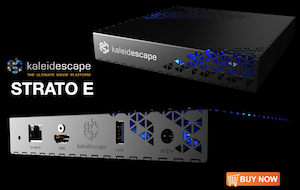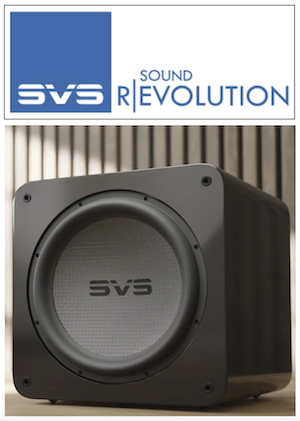Dirac Research Officially Launches Major Update at CES 2018
(Dirac Research)Editor’s Note: The following article has been updated since its original December 2017 release. AV NIRVANA had an opportunity to sit down with Dirac’s Jakob Ågren at CES 2018 and review a prototype version of Dirac’s new software platform. The room’s demo system performed as one would expect, delivering a wider and more focused soundstage.
(January 17, 2018) Dirac Research landed at CES 2018 with a next-generation version of its vaunted Dirac Live platform in tow. The new release contains a refreshed and simplified user interface, a new correction algorithm, and multi-language support. The company says that changes are largely based on user input and newly available technical advances, but also allows for a new platform that’s easier to update as new advances are created and made available.
“Dirac Live has been delivering the world’s best room correction for many years,” said Niklas Thorin (Dirac’s General Manager of High Performance Audio). “These updates broaden the market and deliver user-requested features including support for Spanish, French, Mandarin and Japanese languages, a new, more user-friendly interface and configuration process, and an even more advanced algorithm.”
From a technical perspective, Dirac’s new algorithm further improves the software’s ability to create more defined sound stage and imaging. The current version of Dirac Live measures the phase of each individual stereo speaker, while the new version also analyzes speakers in stereo pairs. This inclusion ensures that paired speakers have a matched phase response, which (according to Dirac) will “deliver an immediate and obvious improvement to all users.”
Usability wise, the software’s new interface is designed to eliminate confusion. Dirac’s CES 2018 demo revealed an intuitive app based environment (due to be available for Android/iOS and Windows/OSX) designed to guide the next-gen software’s correction process, with oversite that confirms optimal settings have been implemented. This is fantastic news, making a complex process easier for less technically inclined audio fans. For those Dirac users that prefer more backend control over the correction process, the original software’s look and feel will be selectable and available for use.
“With our refreshed interface and configuration, users don’t need to be technical experts to gain optimal benefits from the platform,” Thorin added. “And an equally important change is the move toward a more mobile-friendly UI. The Dirac Live interface is now as accessible on a midsize tablet as it is on a larger laptop, giving installers flexibility in which tools they prefer using on site. Together, these improvements reaffirm our commitment to providing the best product, developing ever-improving room correction tools, and keeping current with peripheral technological advances.”
Following CEDIA 2017, we reported that Dirac’s technicians have been exploring multi-subwoofer and immersive sound solutions. As of now, Dirac does not offer any type of bass management, as that functionality is covered by each manufacturer’s own unique product platforms. According to Jakob Ågren, Dirac is considering adding bass management as part of a future update to the new Dirac Live package. Ågren says Dirac has planned for an elongated 2018 rollout, largely to allow for any bugs to be corrected once the product is used en masse.
The new generation of Dirac Live is expected to become publicly available sometime during Q1 2018. At that time, the new interface will be installed, but functionality will remain consistent with the original version. Updates to the software will roll out during the rest of the year. Dirac says that upgradeability of legacy equipment is manufacturer dependent.
Last edited:











